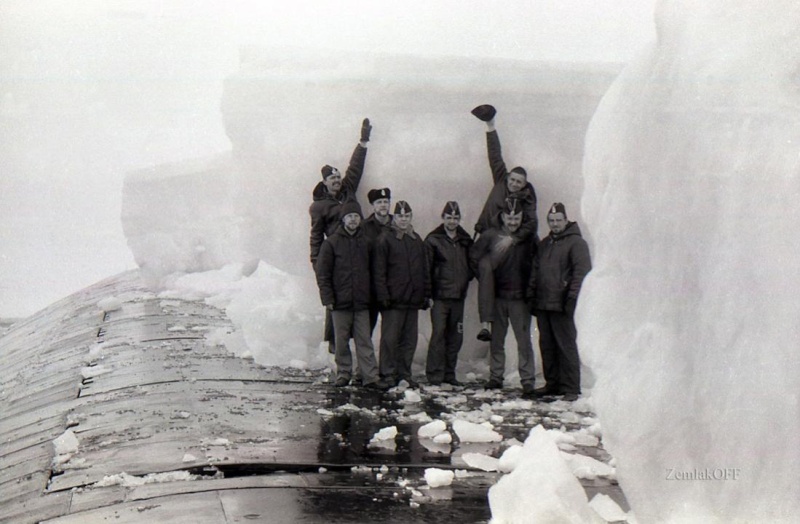We already have Oscar SSGNs so we don't need to spend billions converting and refitting rotted and plundered Akula hulls. If we want cruise missiles on a sub, Oscar is the better choice. Better yet we could make torpedo launched missiles and stick them on Fast Attacks.
If you just want a cruise missile capability for your subs then you don't need to convert or upgrade the Oscars either... most Russian subs will have cruise missile capability... including the conventional subs.
The point of the Ohio class SSGN conversion is not to add cruise missile capacity to the USN... it already has that too.
The main reason the Typhoons/Akulas are not being used as SSBNs is because they have too great a weapon capacity and if Russia kept them in service as SSBNs they would have most of their eggs in three baskets so to speak.
As SSBNs the new Boreis are smaller, much quieter, and carry just enough missiles to allow a reasonable force of about 8 subs to carry Russias naval arm of the nuclear triad.
The point is that the Typhoon/Akula as a shell has the potential to perform the "arsenal sub" role better than any other sub type anywhere... including the US.
The Typhoon/Akula was not a cheap vessel and wont be cheaper than other options, but it was and will be a much more capable platform than pretty much any other sub not designed from the ground up for the purpose.
The Americans like to gloat about how cessnas could penetrate Soviet airspace... or course they also complain when airliners are shot down in Soviet airspace too, so I don't know what they expected the Russian air defence forces to do about a little cessna...
One of the things that bankrupted the Soviet Union was the cruise missile and the enormous cost of creating air defence forces that could cover all of the Soviet Union to protect from them.
Perhaps it is time to get a little of your own back... drug filled cessnas penetrate US airspace all the time... even just two cruise missile filled Typhoon/Akulas would make things very difficult for the US...
Not that restarting the cold war is a goal, but if the US wants Ohio SSGNs then they will have good reasons for that too.
A bigger sub is not easier to find or track, it is noise that gives away subs and a bigger sub can incorporate more silencing material. AFAIK at the moment the Typhoon/Akula currently has a twin hull design with a single outer hull. I would think from a practical point of view that because the missile tubes no longer need internal access that in the missile area a single small tunnel could be fitted to allow access to the bow area, with the entire missile section being separate from the inner hulls... this will save weight and allow the forward area to be shortened. The overall reduction in weight should increase underwater performance and make lower demands on the propulsion.
In fact in the newest subs the Russians have moved the torpedo tubes to a mid way position with all the bow containing an enlarged sonar... using the same configuration on an updated Typhoon/Akula could mean that the entire front could consist of a bow sonar and then vertical launch missiles all the way back to the conning tower with torpedo tubes in the sides and propulsion at the rear.
To compensate for fired missiles in terms of ballast they could simply retain the water in the tubes after the missile has been fired.
Stop the confusion! If you're going to call it an Oscar, call the other a Typhoon! I keep reading Akula, and know that it's the Russian name for the SSBN, but keep thinking of the fast-attack.
I agree with Vlad on this, though I don't want to confuse anyone. Considering we are fans of Russian military equipment we should start using the correct names where the correct names are common knowledge at least.
I would also add that as a bargaining chip another option is to seed confusion about the ultimate fate of the Akulas/Typhoons because as a bargaining chip it costs nothing to do nothing but talk about what they might do, but some options of what they can do are worth things at negotiating tables and other options are not.





 Stop the confusion! If you're going to call it an Oscar, call the other a Typhoon! I keep reading Akula, and know that it's the Russian name for the SSBN, but keep thinking of the fast-attack.
Stop the confusion! If you're going to call it an Oscar, call the other a Typhoon! I keep reading Akula, and know that it's the Russian name for the SSBN, but keep thinking of the fast-attack.
